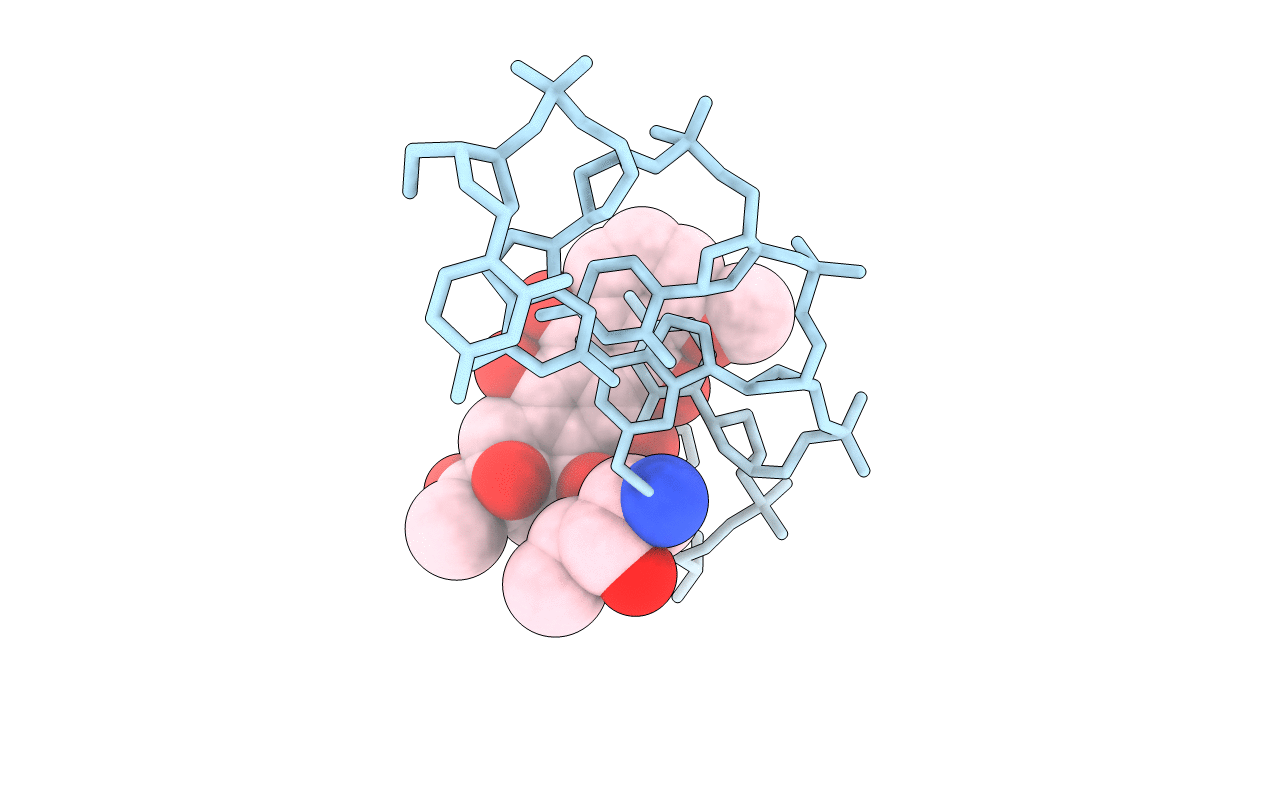
Deposition Date
1991-02-27
Release Date
1992-04-15
Last Version Date
2024-02-07
Entry Detail
PDB ID:
1D33
Keywords:
Title:
Formaldehyde cross-links daunorubicin and DNA efficiently: HPLC and X-RAY diffraction studies
Biological Source:
Source Organism:
Method Details:
Experimental Method:
Resolution:
1.50 Å
R-Value Observed:
0.18
Space Group:
P 41 21 2


